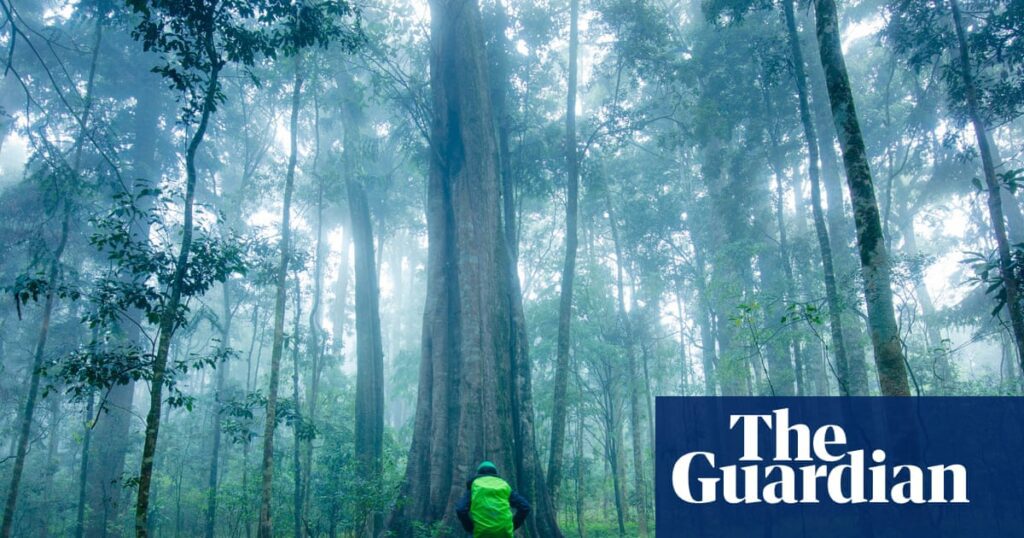A new study published in Nature reveals that trees in Australia’s rainforests have become the first globally to shift from carbon sinks to carbon emitters due to increasing temperatures and dry conditions. This change, noted over the past 25 years, affects tree trunks and branches but not root systems.
Traditionally, tropical forests have absorbed more carbon dioxide (CO2) than they emit, but nearly 50 years of data from Queensland indicates a concerning trend, where more trees are dying and insufficient new growth is occurring. Lead author Dr. Hannah Karl notes that Australian tropical forests might signal a future pattern for tropical forests worldwide.
If similar shifts are observed elsewhere, it could significantly impact global climate models and carbon budgets. Professor David Karoly emphasizes that this study is the first to identify a clear tipping point in transitioning to carbon sources over two decades.
Despite these shifts, Karoly highlights that these forests still play a crucial role in CO2 absorption, but reduced efficiency in this role will complicate efforts to cut emissions. The study draws on unique data tracking around 11,000 trees across 20 sites in Queensland since 1971, emphasizing the importance of long-term data in understanding environmental changes.
Source link


